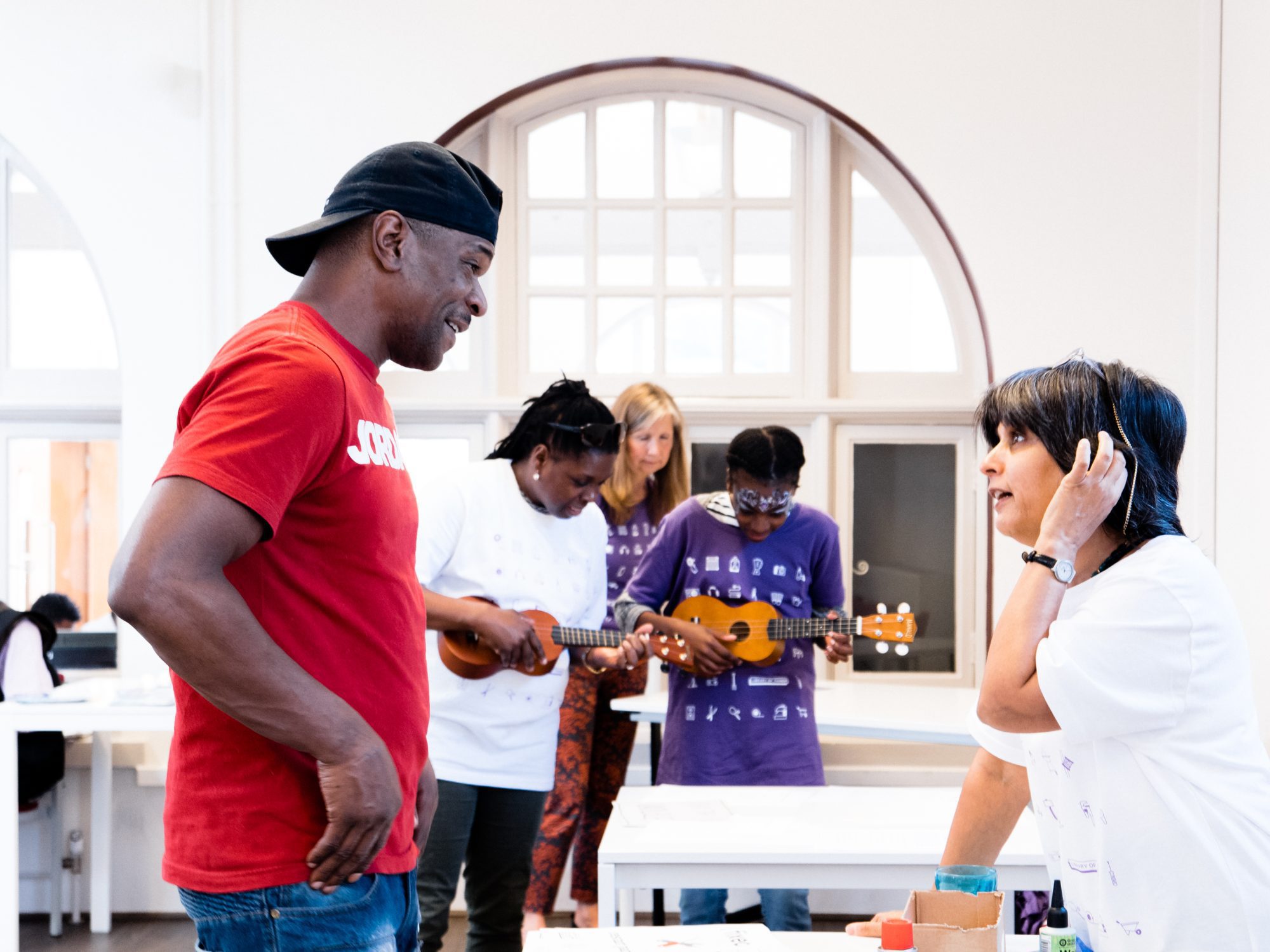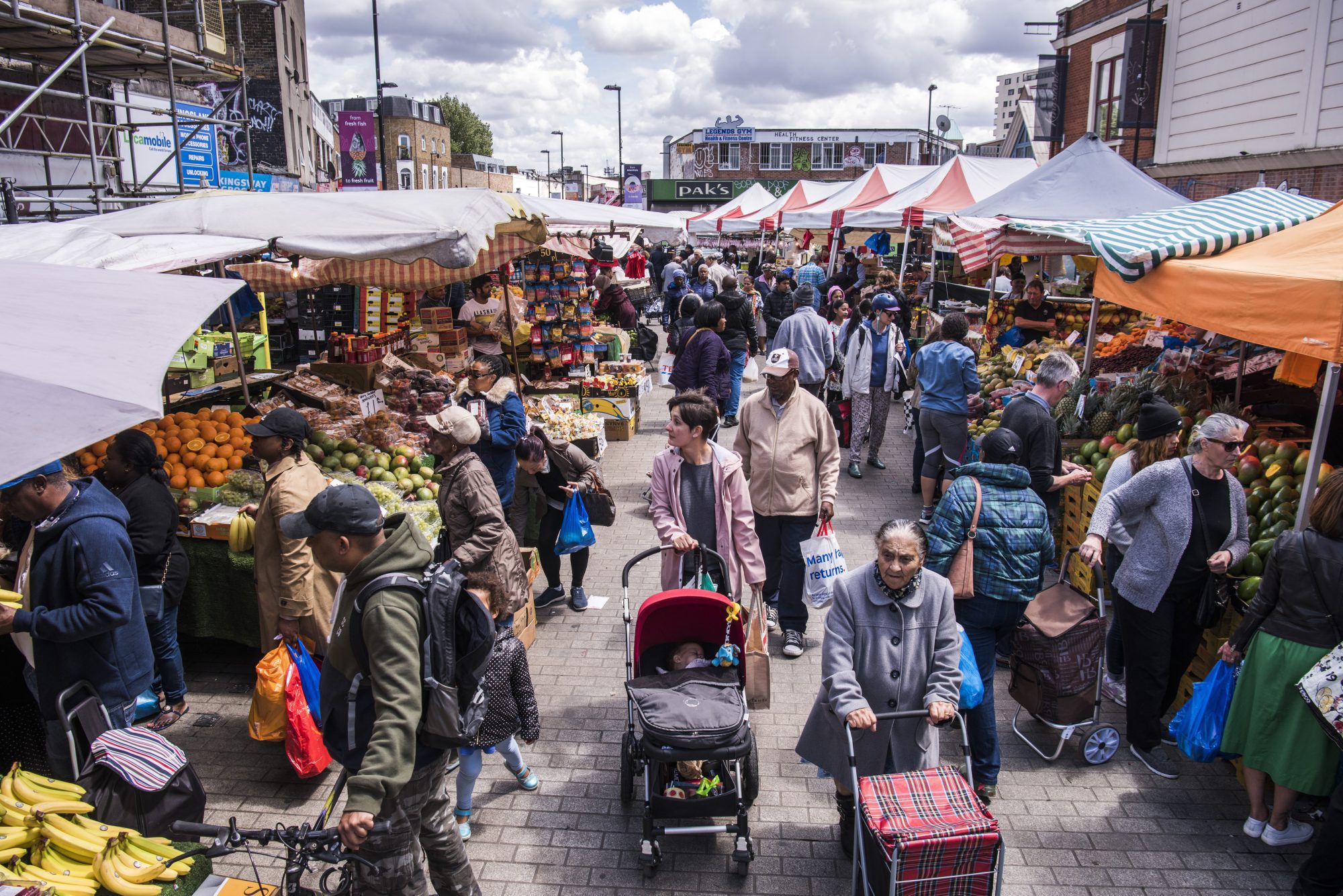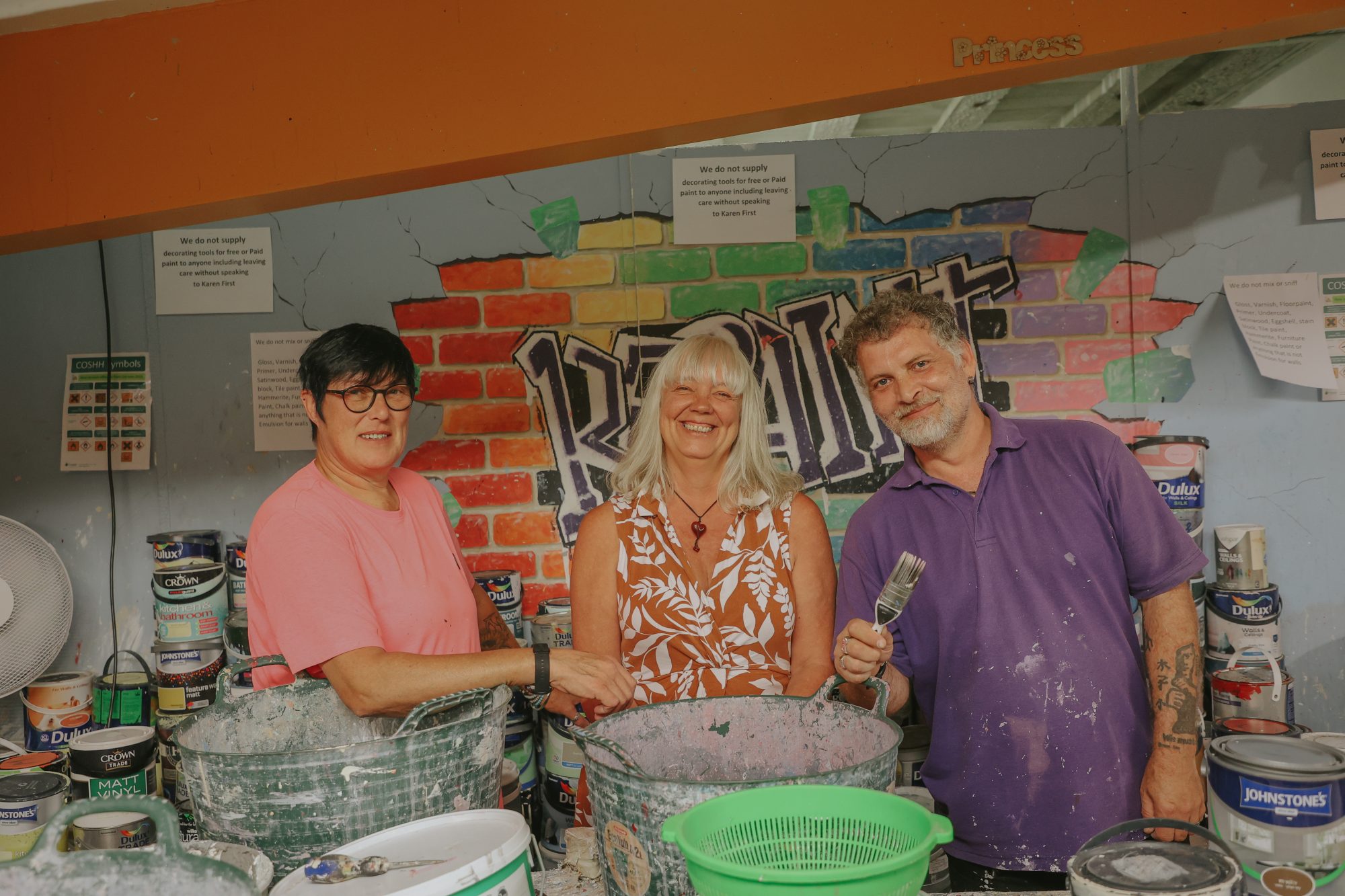
Ailbhe McNabola
Deputy Chief Executive Officer
Why should the private sector care about space for community?
As we explored in our previous blog, there is a broad variety of privately-owned spaces which function as social infrastructure for their local communities, playing an important role in creating local connection and identity. And increasingly we are seeing private owners intentionally creating social infrastructure, working with communities and community businesses. But as we progress our joint research with the Bennett Institute for Public Policy, on how privately owned space functions as social infrastructure, we are beginning to understand the range of motivations that make private sector owners, developers, and managers of assets care about providing space for community.
Why is Power to Change interested in privately-owned spaces?
For a variety of reasons… Because we know that many spaces on high streets and in town centres, that communities use and value, are privately owned. Because private investors and businesses are likely a substantial source of future investment in creating new spaces or upgrading existing ones. Because people told us, in our 2023 research project, that they often don’t notice the difference between the public or community-owned spaces that they use and value, and the privately-owned ones – they just see these as the spaces that make up their place and where they meet with or bump up against other local people. And because we know that a growing number of community businesses are collaborating, even partnering, with private owners to deliver social infrastructure for communities.
So if we care about communities being empowered and able to make their places better, then private owners of property and space are an important group to engage with, to find out what motivates them and how local communities and community businesses can build better partnerships with them.
What motivates private owners to create ‘social infrastructure’?
Alongside literature reviews and desk-based research, our research method includes convening people who don’t ordinarily sit in a room together to discuss how they each contribute to the creation of strong social infrastructure in places. These are community businesses, both those providing social infrastructure spaces and those leading wider development and regeneration of their place; local authorities who play a key placemaking and convening role; and private owners, such as developers and investors, who are financing and delivering new or refurbished spaces.
Obviously, the question I’ve posed here – about the motivations of private owners – doesn’t have one simple answer. Private owners are a diverse group with varying motivations and interests in creating social infrastructure. So far, we’ve heard about a range of motivations, with some developers and asset managers incorporating social impact into their business model (e.g. to meet ESG commitments) while others are seeing a direct commercial return from building vibrant communities, creating places where people want to live.
Challenges and opportunities
We’ve been hearing about some sticky issues that can stand in the way of private owners creating high-quality social infrastructure in partnership with communities and local authorities.
One such issue relates to newly-created spaces, where there can be a question around longer-term ownership, if the previously common answer – the local authority – is no longer an option. Adoption of new public space can be too much of a stretch for local government in the context of extremely tight finances and growing demand for services, and we have heard of a number of examples where a lack of clarity about the long-term ownership and maintenance of social infrastructure has limited the ambition and investment available. This is an area we want to explore further, looking at how partnership and collaboration between the private sector, local government and the local community, particularly in the form of community businesses or other anchor organisations, could make more private investment possible.
We have also been discussing temporary arrangements between private owners and the local community. Meanwhile use brings its own benefits and can offer a low-risk option for community groups or businesses wanting to test out their business model, but we have been hearing a desire for offers of meanwhile use to evolve into longer-term mutually-beneficial collaborations, or at least for there to be an openness to debate what happens beyond meanwhile use. We need to think about the brokerage arrangements in places to identify who can enable these discussions to happen at a place level.
And the issue of local community capacity to engage has come up in our research to date – not a new issue, and not one that has quick fixes. But we at Power to Change can bring a lot of learning from our experience of supporting the development of community capacity through our programmes and relationships with community business.
All of these challenges are surmountable, and we’ve encountered examples where they are being tackled. For example, Nudge Community Builders partnered with a private company that provides creative workspace to purchase the Millenium Building, breathing new life into an important community space. And initiatives such as Platform Places are working to bring together the private, public and community stakeholders to create local property partnerships.
Our ongoing research will bring together these examples and share recommendations for policymakers (central and local government), private property owners and local communities to strengthen this way of working together.



